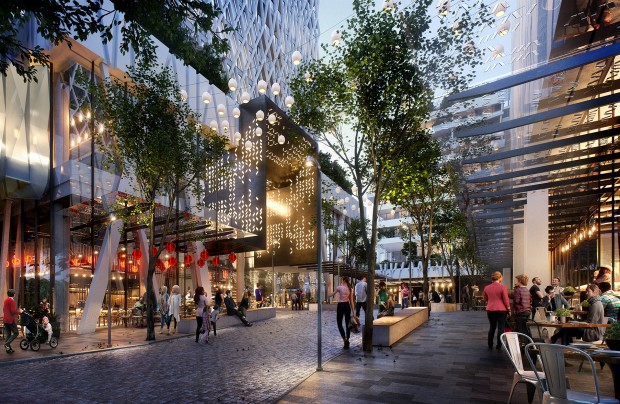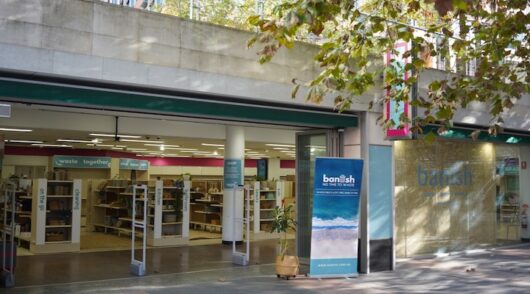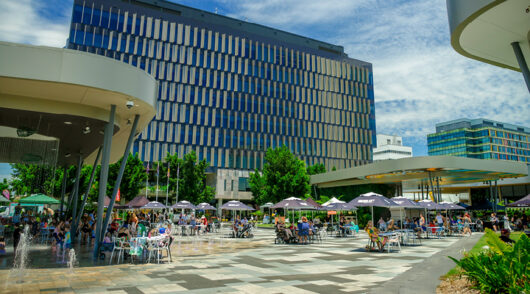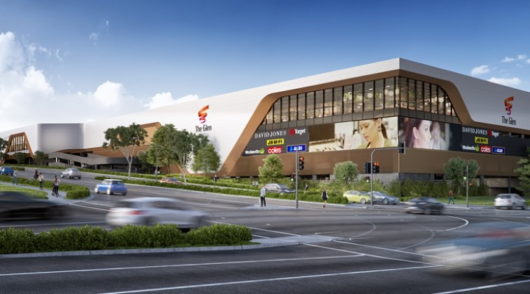 Australian retail landlords have reported growth in speciality stores, while discount department stores continue to face headwinds and the supermarket wars carry on as Aldi branches further into ‘fresh food’ and attempt to capture more basket share across the country.
Australian retail landlords have reported growth in speciality stores, while discount department stores continue to face headwinds and the supermarket wars carry on as Aldi branches further into ‘fresh food’ and attempt to capture more basket share across the country.
According to Daniel Lees, director of Research for Colliers International, as of the third quarter of 2016, the average spread between Australian regional retail asset yields and risk free rates was 3.69 per cent, or two standard deviations away from long term historical averages (and far higher than what they averaged over the past 20 years).
“In light of this, we expect there is room for retail property yields to compress further, thanks to low interest rates, but we expect that more transactional activity within the retail sector should reprice the market closer to where historical spreads deem these shopping centres should be,” Lees said.
“Australian shopping centre rents across all states and categories grew +0.62 per cent over the year to 3Q16 and over the next 12 months to 3Q17, we expect this growth rate will increase to +2.14 per cent on average,” he added.
Regional yields remain tightest in Sydney and Melbourne at averages of 5.5 per cent and 5.63 per cent respectively. Yields in Brisbane and Perth are both averaging 5.75 per cent although the range is slightly wider in Brisbane. Meanwhile Adelaide yields are marginally higher, averaging 5.88 per cent.
Lees said given the wide spreads on offer within the sector, they believe that transactional evidence will reprice the market, bringing spreads closer to long-term historical averages.
According to Colliers International’s latest national retail research and forecast report, the supply of shopping centre floor space picks up from 415,117sqm in 2016, to 426,924sqm in 2017, concentrated to Victoria (177,621sqm), Queensland (118,664sqm) and to a lesser extent New South Wales (72,000sqm). This escalates to a peak of 662,213sqm in 2018, with Queensland once again contributing significantly at 270,275sqm of floor space. New South Wales also makes up a sizeable proportion, bringing on 146,456sqm of space.
From this point, supply levels taper into 2019 (416, 237sqm), 2020 (325, 815sqm) and 2021 (129,461sqm), however note that longer dated supply levels will likely increase as development approvals are granted.
“We believe the increasing level of shopping centre floor space will be met with demand from international retailers such as H&M, Uniqlo and Zara, as these operators pursue market share and maturity in the Australian market,” said Michael Bate, national director and head of retail for Colliers International.
“The success of these brands to date has led to an evolution of their strategies, as they are now bringing sub-brands such as COS and J.Crew to the Australian market. Relative to Australian mini majors and other successful retail concepts, these international retailers are still underrepresented in the Australian market place.”
Bate said in addition to these players, they expect that landlords will begin to receive more enquiry from a variety of South African retailers who are looking to expand operations beyond their home shores.
According to Bate, organisations such as Shoprite, Pick n Pay, Massmart, Steinhoff, The Foschini Group and Edcon have all demonstrated a high degree of success within select African retail markets, benefiting from the swelling middle class consumer market.
“Looking forward, growth within the African nation will face headwinds of economic instability, labour disputes, currency exchange challenges and a lack of distribution infrastructure,” he said.
“It is logical therefore, that many of these groups together with their underlying brands will look offshore to facilitate revenue growth, and Australia will likely become an appealing option.”
According to the report, the food category which comprises 40 per cent of overall retail sales, has recently shown some signs of improvement, increasing its growth rate to 2.75 per cent year on year in September, up from the 2.68 per cent year on year recorded in both July and August. This result also aligns with the third quarter CPI data which highlighted a boost from fresh fruit and vegetable prices.
Department stores however have not been faring so well, according to the report, only just managing to scrape into positive territory at 0.17 per cent year on year in September after two consecutive months of declines.
According to Lees, one reason for the recent softness in department store sales is that the discount department stores are grouped within this category, with both Big W and Target announcing negative sales growth in the most recent quarterly market updates.
Lees said they expect that gross face rents within shopping centres will experience growth over the coming 12 months, based on a mix of CPI linked contractual increases and our forecasts for increasing retail demand.
“Our outlook for further rental growth is supported by institutional commentary during the most recent reporting season, where landlords including Charter Hall Retail REIT, Mirvac, Shopping Centres Australia, GPT and Vicinity Centres noticed positive releasing spreads in a range of 0.5 per cent to 7.5 per cent,” he said.
Access exclusive analysis, locked news and reports with Inside Retail Weekly. Subscribe today and get our premium print publication delivered to your door every week.





